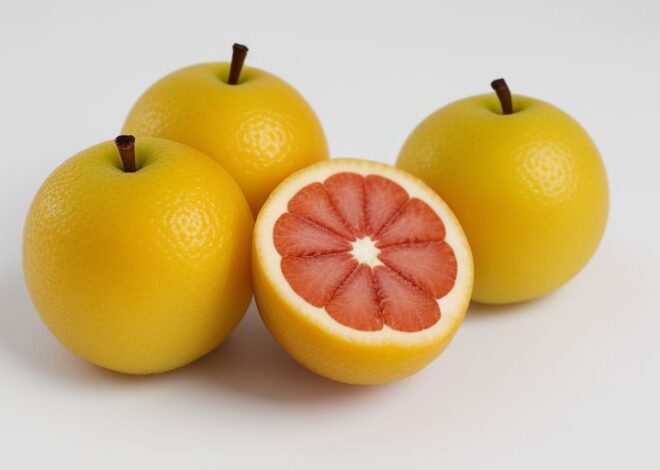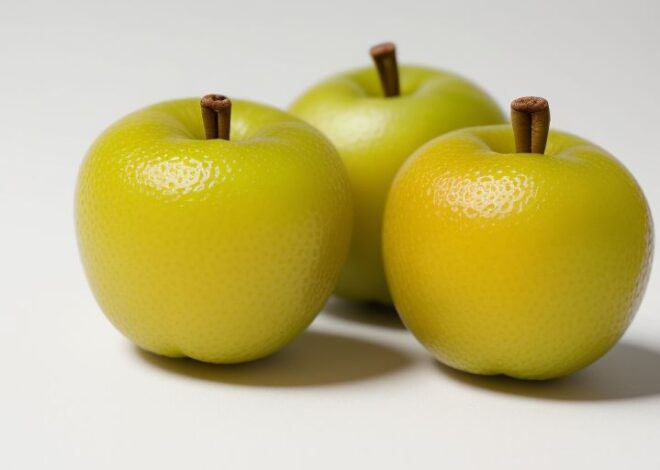
Sarguelas
Introduction
Sarguelas, also known as guavas, are a type of tropical fruit that has been a staple in many cultures around the world for centuries. Belonging to the Myrtaceae family, Sarguelas are native to Central and South America, but have since been cultivated in many tropical and subtropical regions. This fruit is not only delicious but also packed with nutrients, antioxidants, and medicinal properties, making it a popular choice among health enthusiasts and foodies alike.
Etymology
The name “Sarguelas” is derived from the Arawak language, spoken by the indigenous people of the Caribbean and Central America. The word “guava” is also used to refer to this fruit, which is believed to have been derived from the Taino word “guayaba”.
Description
Sarguelas are small, oval-shaped fruits with a thin, edible skin that ranges in color from green to yellow, orange, and even red, depending on the ripeness and variety. The flesh is soft, juicy, and filled with small, hard seeds. The fruit has a sweet and slightly tart taste, with a hint of tropical flavor.
Taxonomy and Cultivars
Sarguelas belong to the genus Psidium, which includes over 150 species. Some of the most common cultivars include:
| Cultivar | Description |
|---|---|
| Psidium guajava | The most widely cultivated species, known for its sweet and juicy flesh. |
| Psidium littorale | A smaller, more acidic variety, often used for cooking and preserves. |
| Psidium friedrichsthalianum | A larger, sweeter variety, popular in tropical regions. |
Distribution and Habitat
Sarguelas are native to the tropical regions of Central and South America, but have since been cultivated in many parts of the world, including:
| Region | Country |
|---|---|
| Caribbean | Cuba, Jamaica, Puerto Rico |
| Central America | Mexico, Costa Rica, El Salvador |
| South America | Brazil, Peru, Ecuador |
| Asia | India, China, Philippines |
| Africa | South Africa, Nigeria, Egypt |
Cultivation
Sarguelas are relatively easy to cultivate and require:
| Condition | Requirement |
|---|---|
| Climate | Tropical or subtropical, with temperatures between 15°C and 30°C |
| Soil | Well-draining, acidic soil with a pH between 5.5 and 6.5 |
| Water | Adequate rainfall or irrigation, with a annual rainfall of at least 1,000 mm |
| Sunlight | Full sun to partial shade |
Production and Uses
Sarguelas are not only eaten fresh but also used in a variety of products, including:
| Product | Use |
|---|---|
| Jam and preserves | Spreads and toppings |
| Juice | Beverages and smoothies |
| Tea | Herbal remedies and infusions |
| Oil | Skincare and cosmetics |
| Pulp | Animal feed and fertilizers |
Phytochemistry
Sarguelas are rich in:
| Compound | Amount (per 100g) |
|---|---|
| Vitamin C | 250-300 mg |
| Vitamin B6 | 0.1-0.2 mg |
| Potassium | 440-500 mg |
| Fiber | 5-6 g |
| Antioxidants | High levels of polyphenols and flavonoids |
Flavor
Sarguelas have a unique flavor profile, described as:
- Sweet and slightly tart
- Tropical and fruity
- Hints of citrus and floral notes
Toxicity
Sarguelas are generally considered safe to consume, but may cause:
- Allergic reactions in some individuals
- Interaction with certain medications, such as blood thinners
Nutrition
Sarguelas are a nutrient-dense food, providing:
- High levels of vitamin C and potassium
- Good source of fiber and antioxidants
- Low in calories and fat
Culture
Sarguelas have significant cultural and traditional importance in many societies, including:
- Used in traditional medicine and remedies
- Featured in local cuisine and festivals
- Considered a symbol of good luck and prosperity
In conclusion, Sarguelas are a fascinating fruit that offer a wealth of benefits, from their delicious taste and versatility in cooking to their impressive nutritional profile and medicinal properties. Whether you’re a foodie, a health enthusiast, or simply looking to explore new flavors, Sarguelas are definitely worth trying!


